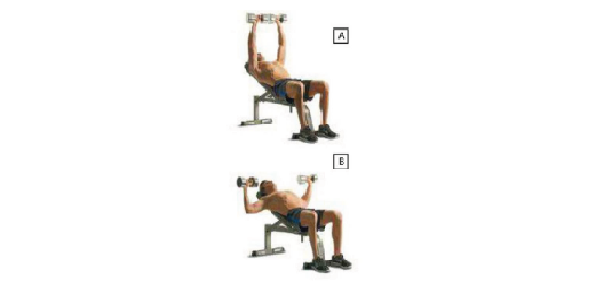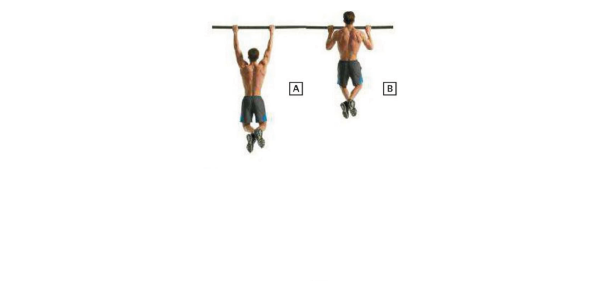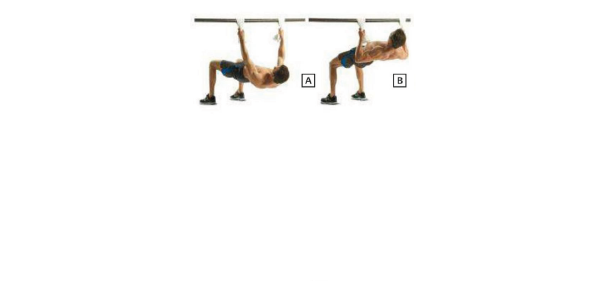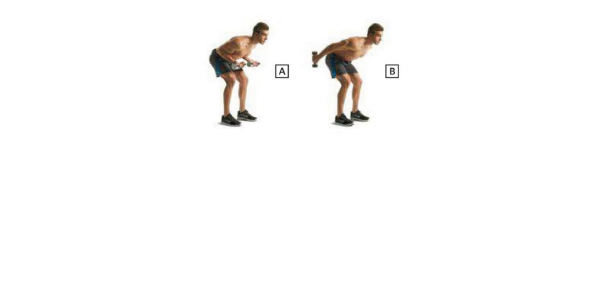Normal blood pressure ranges from below 130 to 140 systolic and below 85 to 90 diastolic. If your blood pressure is less than 140/90, then, it's normal. High blood pressure, or hypertension, is anything above 140/90. High blood pressure gets more serious as the numbers get higher. Your risk of heart attack, stroke, and kidney disease go up along with your blood pressure.
If your blood pressure is high, there are many lifestyle steps you can take to lower it, like losing weight, getting more exercise, avoiding salt, giving up cigarettes, and drinking less alcohol. If that doesn't help, or if your blood pressure stays high, your doctor may prescribe drugs to bring it down. Vitamins, minerals, and other supplements, along with diet and lifestyle can help you overcome high blood pressure problems.



















0 comments:
Post a Comment